Where to Start in Fitting
The foundation of a golf swing begins with understanding what governs your range-of-motion. Next comes matching clubs to your range-of-motion. Then comes technique. That's the most effective plan to follow for improving your game.
The first place to start is measuring and understanding your range-of-motion for the golf swing movement pattern. You need to determine your joint and muscle mobility, and the potential restrictions that might limit your swing motion. Even if you don't follow-up with drills and exercises, learning a warmup routine specific to your needs will improve performance and reduce the potential for injury.
The next step is getting clubs that match your range-of-motion and allow you to swing easily with control and consistency. The clubs should not force you to make unnecessary adjustments in your swing to compensate for poor specifications. We cannot overstate the importance of matching the club specifications to your swing.
A common problem we see are shafts that don't have the optimum specifications for the golfer's swing. Rarely are general stock shafts in off-the-rack clubs correct for an individual swing style. When you buy a set of irons, be sure you take the 2 - 3 hours needed to optimize the shaft (e.g., length, weight, balance, flex, graphite or steel, etc.) for feel and performance.
Clubfitting requires continuous feedback from the player to get the clubs right. That takes time and testing, and perhaps a follow-up fitting session. Often a test club or two customized to your specifications will be needed to make the final choice.
And don't forget to have the lie angles on your irons adjusted. Whether you use a ball with a vertical mark (best method) or a lie board (not as good), be sure to include measuring ball flight trajectory with a radar launch monitor. If you are on a range, you will be watching ball flight, but you still need the launch monitor to know if you are maximizing performance.
Getting the lie angles right on your irons is essential if you have any shot dispersion or accuracy issues in your game. Long irons often require different adjustments than short irons, and the wedges frequently need to be more flat than you think. The goal is to adjust lie angles to get the desired ball flight -- the numbers don't mean much if the ball flight is not correct.
Here's the bottom line. Take a little time to learn whether there is something simple you can do to improve your range-of-motion, and get clubs that fit your swing mechanics. Personal testing with plenty of interaction and feedback with your clubfitter will benefit every facet of your game.









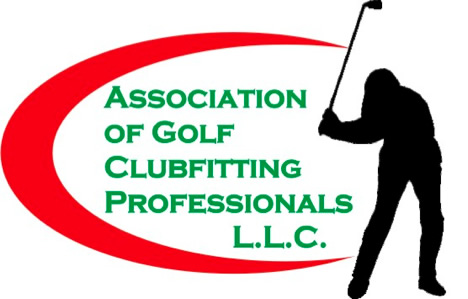

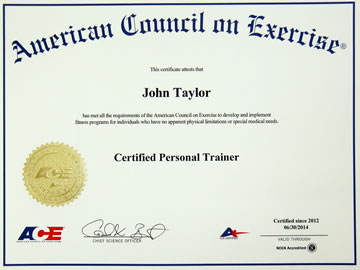
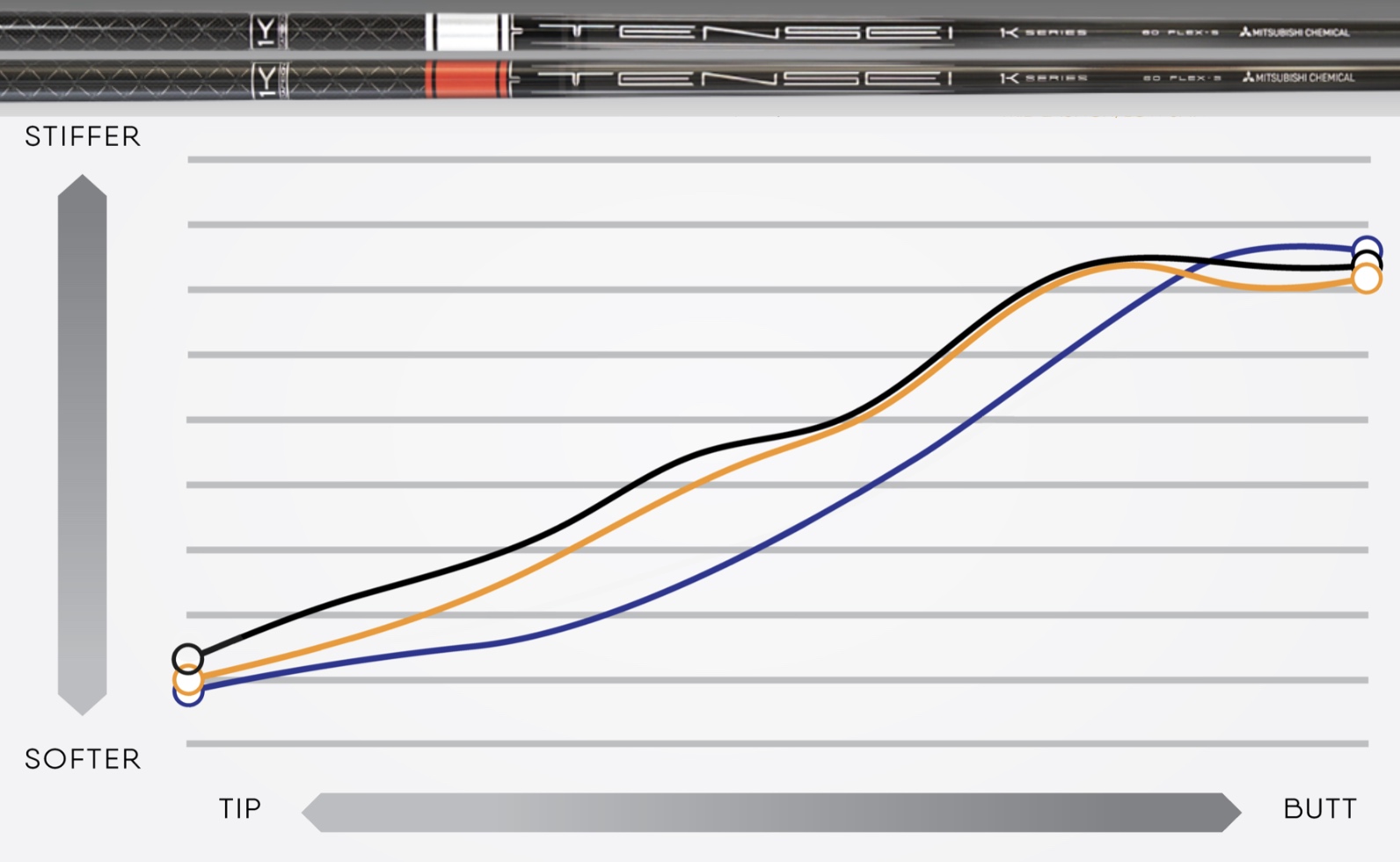
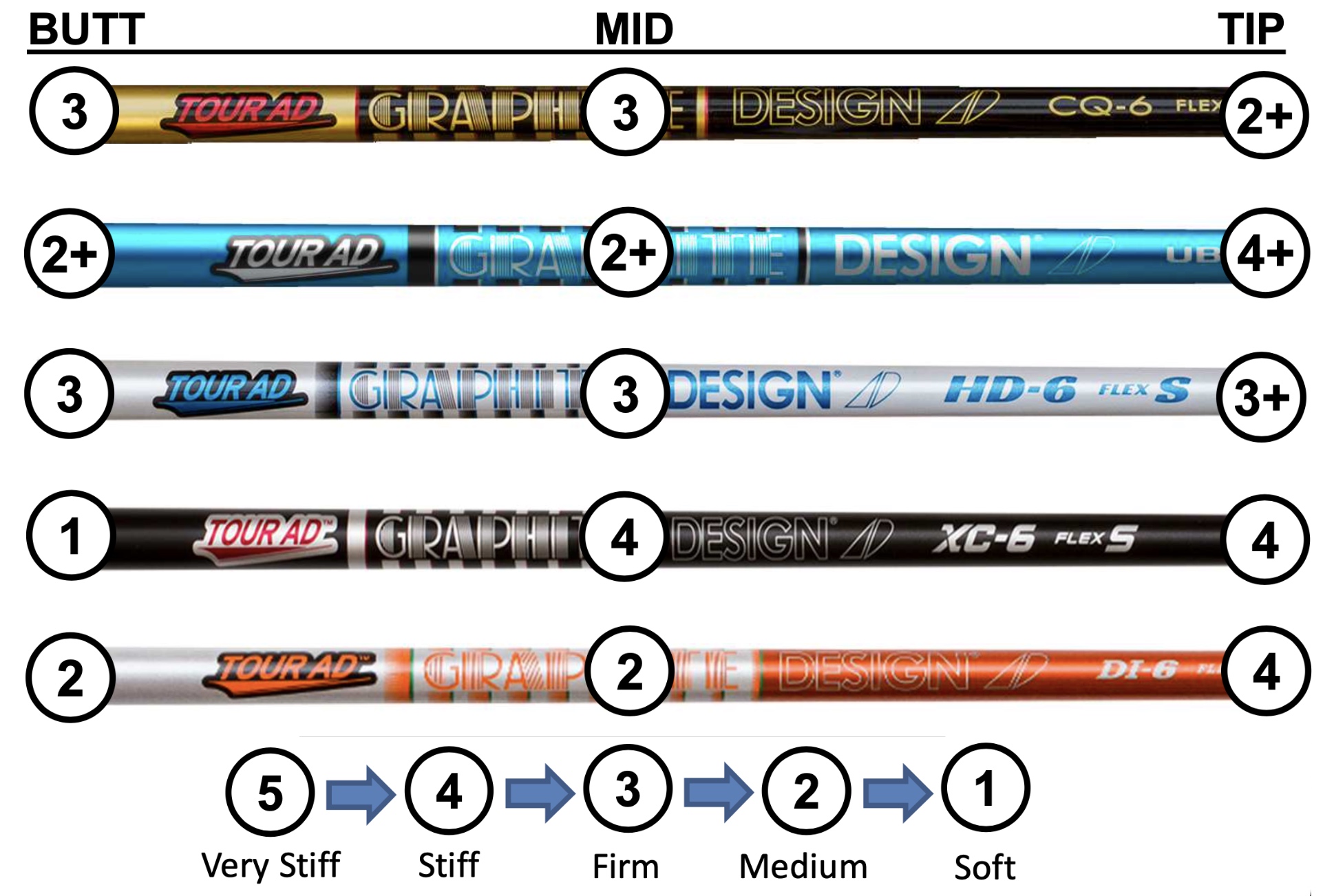










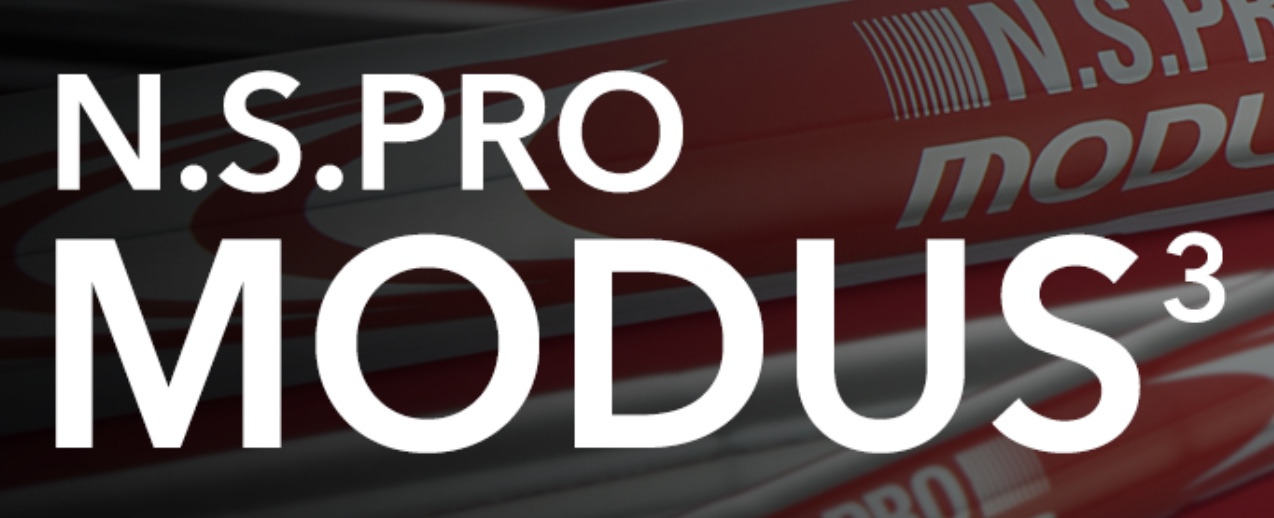


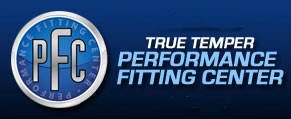

 John Taylor
John Taylor
Reader Comments